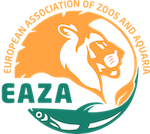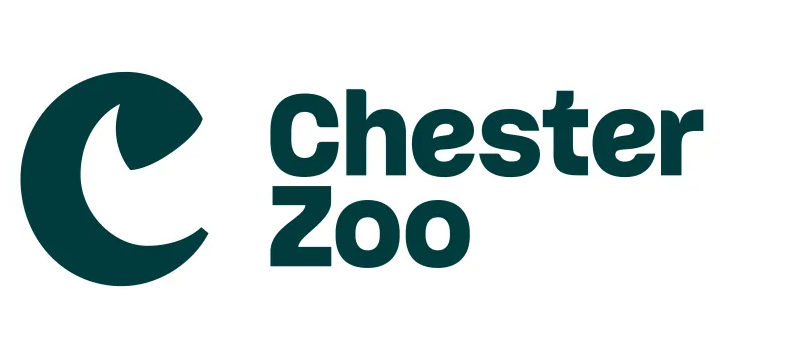Feeding practices for captive giraffes (Giraffa camelopardalis) in Europe: A survey in EEP zoos
DOI:
https://doi.org/10.19227/jzar.v5i1.152Abstract
As with other browsing ruminants, the nutrition of giraffes (Giraffa camelopardalis) can be challenging. Feeding browse in very large amounts is not feasible. Therefore, substitutes need to be provided that have to meet requirements and the species’ digestive capacity to the greatest possible extent. To achieve a comprehensive overview of current giraffe feeding practice in Europe, a survey was conducted among 153 member zoos of the European Endangered Species Programme. Information from 81 returned questionnaires showed a considerable variety of feeds being provided in varying proportions. The use of lucerne hay (89% of zoos) and fresh browse as trees or branches (96% of zoos) was more common than stated in previous studies. The use of a pelleted compound feed was almost standard practice, but many diets additionally contained cereal grains, as concentrate feeds high in rapidly fermentable starch. Eighty-five percent of the zoos reported feeding fresh fruits and vegetables, even though this is not recommended due to high sugar contents with a potentially negative influence on ruminal fermentation. The estimated non-forage proportion (sum of concentrate feeds and fresh fruits and vegetables) in the overall dietary dry matter (DM) was 37% in summer and 43% in winter (median), which is in accordance with recommendations. However, a considerable range of non-forage proportions was found, with 43% of the zoos providing amounts that were likely to be exceeding 50% of the potential daily DM intake. Data on dietary proportions revealed a geographical variation, with zoos from Western Europe showing the lowest and zoos from Eastern Europe showing the highest proportion of concentrate feeds in rations. An index of feeding appropriateness, oriented towards conformity with feeding recommendations, may be useful to evaluate and improve feeding management precisely and individually, as room for improvement was revealed for half of the participating zoos.
Published
How to Cite
Issue
Section
License
JZAR fulfils the DOAJ definition of open access and provides free and open access to the full text of all content without delay under a Creative Commons licence. The copyright holder of JZAR publications grants usage rights to third parties, allowing for immediate free access to the work and permitting any user to read, download, copy, distribute, print, search, or link to the full texts of articles.







